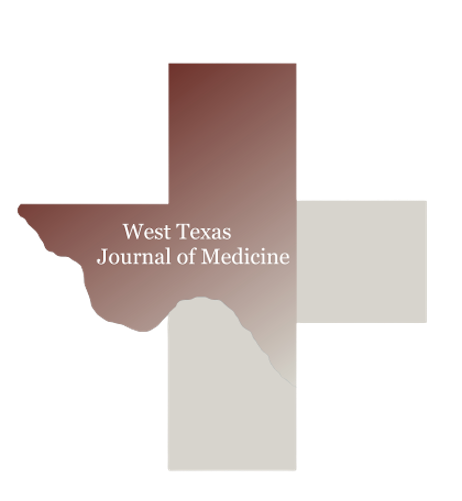Penetrating Neck Injury due to Less Lethal Bean Bag Munition
Keywords:
Bean bag munition, Subclavian artery injury, Vocal cord paralysis, Less lethal weaponAbstract
Various "less lethal" weapons have been created in the last few decades to allow law enforcement officers to subdue a subject. Included in these is the bean bag gun. Although intended to be less lethal, many reports have shown that this weapon has the potential to cause significant harm and, in some cases, even death. We report a subclavian artery injury and vocal cord paralysis following a penetrating neck injury due to a bean bag round. A 55-year-old male shot with a bean bag was brought to the emergency department intubated secondary to respiratory distress. Initial CTA showed possible subclavian artery injury. An intraoperative angiogram confirmed a grade 3 subclavian artery injury, and a stent was placed. After six days of the continued need for ventilator support due to soft tissue swelling of the neck, a tracheostomy was performed. Further, the patient reported significant dysphagia. Following an esophagram, a PEG tube was deemed necessary. ENT was consulted and diagnosed left vocal cord paralysis. After several weeks the patient was decannulated and discharged home, with the continued need for feeds through his PEG tube. This report illuminates the underestimated possibility of unintentional severe and permanent injury induced using less lethal weapons such as the bean bag gun.





